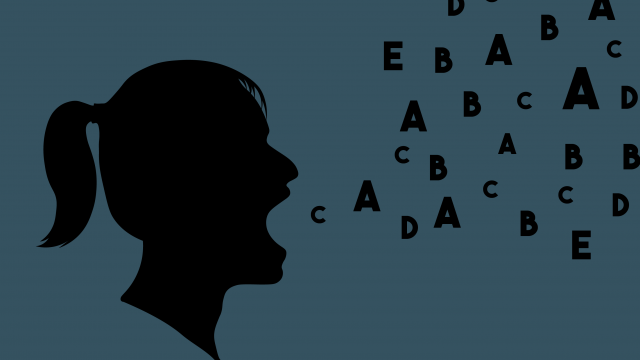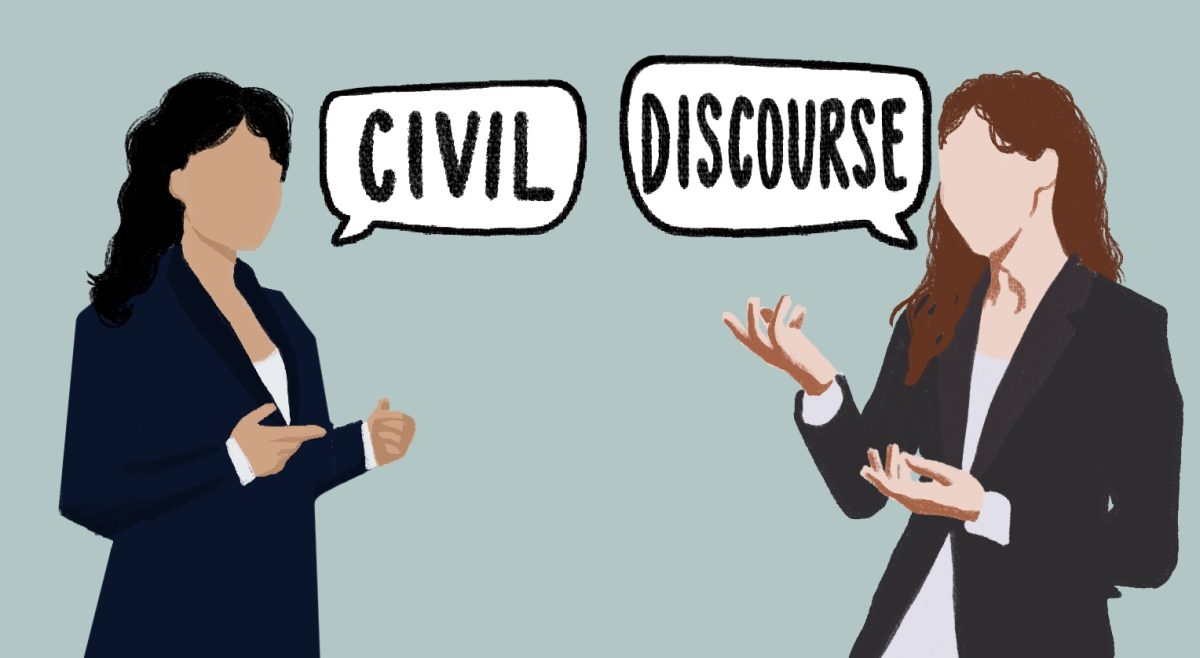For the past several years, the Undergraduate Government of Boston College has been headed by pragmatic leaders with visions of success largely dependent on the proclivities of the administration.
See: Nanci Fiore-Chettiar, BC ’15, whose administration started several successful initiatives, like the “What I Be” project, but had trouble initiating the conduct reform promised in her platform. Thomas Napoli, BC ’16, started trying to expand free speech policies while he was still a senator, but ultimately ended up with a compromise that changed nothing more than the structure of the University free speech proposal. Most recently, Russell Simons, MCAS ’17, campaigned on an ambitious platform that involves, most dramatically, the addition of a new student center.
Since Fiore-Chettiar first took office, shifts in the administration have made the University more amenable to working with the student body. Dean of Students Thomas Mogan has made an exemplary effort to get to know and interact with the student body. He appears at football tailgates, protests, and the Plex with enough regularity that students see him, rather than University President Rev. William P. Leahy, S.J., as their primary caretaker. This positive relationship isn’t accidental—the last several UGBC administrations seem to have made a point to develop a relationship that will benefit both the administration and the students.
The downside to that is the inevitable compromise. Napoli’s vision of expanded free speech provisions for students—like open protests and spaces to hang banners on O’Neill quad—never came to fruition because months of meetings with administrators led to a compromise that changed very little. Regardless, those months of meetings left a solid base of conviviality and compromise between students and administrators.
The newest UGBC president and executive vice president have the advantageous opportunity of coming to office in a time when the demands of students are sitting on a solid bedrock of compromise and symbiosis between student leaders and administrators. Although only a third of the student body voted, Akosua Achampong and Tt King, both MCAS ’18, were elected by a 1,226 point margin to the highest office in Chestnut Hill. The overwhelming student support for the winning team, particularly in the Lynch School of Education and the Connell School of Nursing, shows that the student body is behind them
Achampong and King will need this support. Their platform outlines a purposeful idea for a University that more broadly supports the needs of low-income students, students of color, students who identify as LGBTQ+, and others whose needs have not been prioritized, policies that have been challenging for past UGBC executives. In the “Student Experience” section of their platform, nearly all of the first steps include working with a University office.
Achampong has served as the chair of the AHANA Leadership Council, a position that has brought her in and out of negotiations with members of the administration. This experience, coupled with a University community primed for change and an administration that is seemingly less obstinate than in prior years, Achampong and King face viable conditions for legitimate policy change of the kind that challenged their predecessors. They have the chance to push harder, ask for more, and likely get it, considering the favorability of campus. There will still be compromise—there always is—but now, there could be less.
To make policy change that impacts the lives of the most students, the duo ought to focus their energies on the issue of free speech on campus. They seem to want to do this: a whole section of their platform is about the need for transparency, including the promotion of student autonomy to hold protests without asking permission, and the installment of a student on the Board of Trustees. (Currently, the UGBC president and EVP give regular presentations to the Board about student issues, but they are not given a say on policy goals or plans). To focus on free speech would be to dive back into the priorities that dogged the 2015 UGBC leadership. But, with better support and a president unafraid to be both an activist and a leader, this might be the year.
“I will speak up for something so long as it is the truth and I feel that it is right,” Achampong said to The Heights in a recent interview. “And that’s just who I am, that is me … And I don’t know that my activism would hurt my relationship with administration because like I’m saying, I just want BC to be the best version of itself.”
The system in place seems to have worked for the past school year—there have been several well-attended protests, most notably the Silence is Violence march that included an intersectional group of students and faculty. But the system, like any system predicated on an uneven power dynamic, shows signs of breaking down. Members of Eradicate BC Racism have repeatedly received sanctions for holding unregistered protests. The sanctions aren’t unexpected, since these protesters are breaking University rule, but they do indicate that the future of BC’s friendly protest policies may be in jeopardy.
And this holds true unless there is a change that makes spontaneous demonstrations possible, that allows students to advertise with fliers even if they aren’t part of a registered student group, and that encourages faculty and students to push against a system that rewards compromise. That is, a system that requires permission slips to hold peaceful protests. Legions of UGBC leaders have tried to change this, mostly without success. Now, Achampong and King have support from all sides to push harder on free speech and make headway for student rights that have been missing in the past.
Featured Image by Zoe Fanning / Heights Editor













